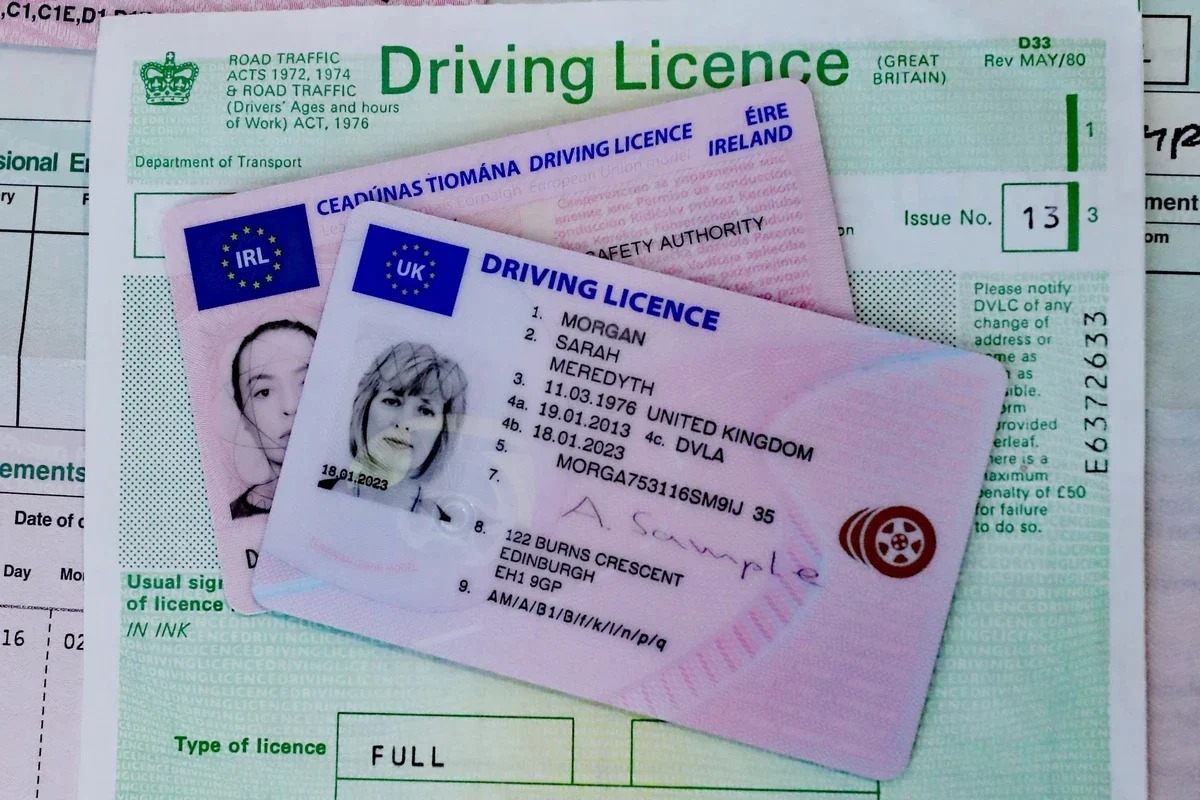Blog
How to Get a German Driver’s License: Step-by-Step
How to Get a German Driver’s License: Step-by-Step
How to Get a German Driver’s License: Step-by-Step Getting a German driver’s license (Führerschein) can be a complex yet rewarding process, especially for foreigners or expats. With strict driving rules and high standards, Germany is known for its efficient and safety-focused driving culture. Whether you’re planning to live in Germany long-term, work, or just explore the Autobahn, having a valid German license is crucial.
This comprehensive guide will walk you through the process of obtaining a German driver’s license in 2025—from eligibility requirements to tests, costs, and tips for success.

1. Who Needs a German Driver’s License?
If you’re a resident in Germany and plan to drive, you must have a valid license. If you’re from the EU/EEA, your current license is usually valid. However, non-EU drivers often need to exchange their licenses or go through the full German licensing process within six months of arriving in Germany.
2. Types of German Driving Licenses
Germany has several license categories. The most common ones are:
-
Class B: Passenger cars and small vehicles (up to 3.5 tons)
-
Class A: Motorcycles
-
Class C: Trucks
-
Class D: Buses
Most new residents go for Class B unless they plan to drive commercial vehicles.
3. German Driver’s License for Foreigners
a. EU/EEA Citizens
Your existing license remains valid as long as it’s not expired. You can voluntarily exchange it for a German license.
b. Non-EU Citizens
You can drive with your foreign license for 6 months. After that, you’ll need to exchange it or undergo full training/testing depending on your home country. Countries like the USA, Canada, and Australia have partial agreements allowing easier conversion.
4. Requirements to Get a German Driver’s License
-
Proof of identity (passport/residence permit)
-
First-aid course certificate
-
Eye test certificate
-
Biometric photo
-
Registration certificate (Anmeldung)
-
Previous driving license (if any)
-
Application form
5. Step-by-Step Process to Get a German Driver’s License
-
Register at a Driving School (Fahrschule) Choose a certified local driving school. They’ll guide you through classes, scheduling, and testing.
-
Take a First Aid Course (Erste Hilfe Kurs) A basic 6-8 hour course required for all new drivers.
-
Eye Test (Sehtest) Can be done at optometrists or certified centers.
-
Apply at the Local License Authority (Fahrerlaubnisbehörde) Submit your documents and pay the registration fee.
-
Attend Theoretical Lessons You’ll take 14 theory lessons covering traffic rules, first aid, and road signs.
-
Pass the Theory Test Available in multiple languages, the test has 30 multiple-choice questions. You must score at least 85%.
-
Attend Practical Lessons Driving schools require a minimum number of special drives (e.g., highway, night).
-
Pass the Practical Driving Test Conducted by TÜV or DEKRA officials. The test lasts about 45 minutes.
-
Get Your License! Once you pass, your license will be issued. Congratulations!
6. Costs of Getting a German Driver’s License
The average cost ranges from €1,500 to €2,500, depending on the driving school and number of practice lessons needed. Breakdown:
-
Driving School Enrollment: €200–€500
-
First Aid Course: €30–€50
-
Eye Test: €6–€10
-
Theory Exam Fee: €22.49
-
Practical Exam Fee: €116.93
-
Driving Lessons: €30–€70 per lesson
7. Tips for Passing the Driving Tests
-
Practice with a licensed instructor.
-
Use apps to study theory questions in your language.
-
Don’t rush; take extra lessons if needed.
-
Know German road signs and right-of-way rules.
-
Stay calm and confident during the practical exam.
8. Renewing or Replacing a License
German driver’s licenses are usually valid for 15 years. To renew, simply visit the local licensing office with updated documents. Lost or stolen licenses can be replaced for a fee.
9. Penalty Points System
Germany uses the Flensburg Points System. Violations like speeding or DUI add points to your record. Accumulating 8 points can lead to license suspension.

FAQs about German Driver’s License
Q1: Can I use my international driving license in Germany?
A1: Only for the first 6 months. After that, you need to convert it or apply for a new license.
Q2: Is the theory test available in English?
A2: Yes, the theory test can be taken in English and other languages.
Q3: How long is the driving license valid?
A3: It’s valid for 15 years and can be renewed.
Q4: Can I drive in Germany with a US license?
A4: Yes, for 6 months. After that, conversion or testing is required depending on your state.
Conclusion
Getting a German driver’s license might seem daunting, but with the right preparation and understanding of the process, it’s absolutely manageable. Whether you’re a newcomer or planning to stay long-term, having a valid license will give you freedom and convenience. Always choose a good driving school, be consistent in your practice, and don’t hesitate to ask questions. Safe driving!

